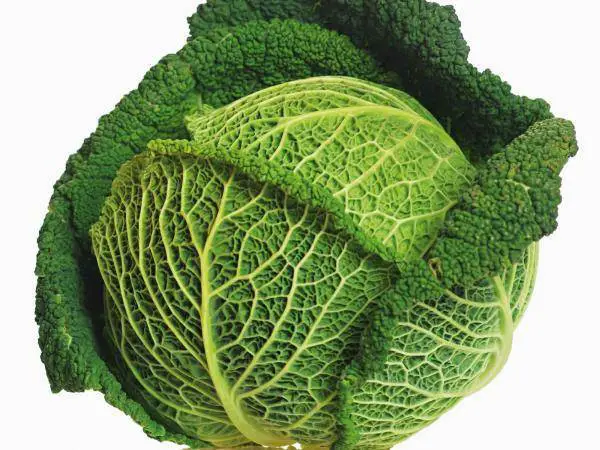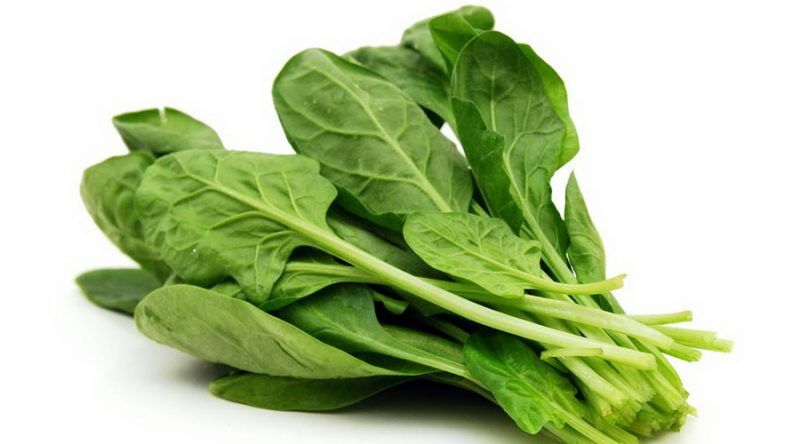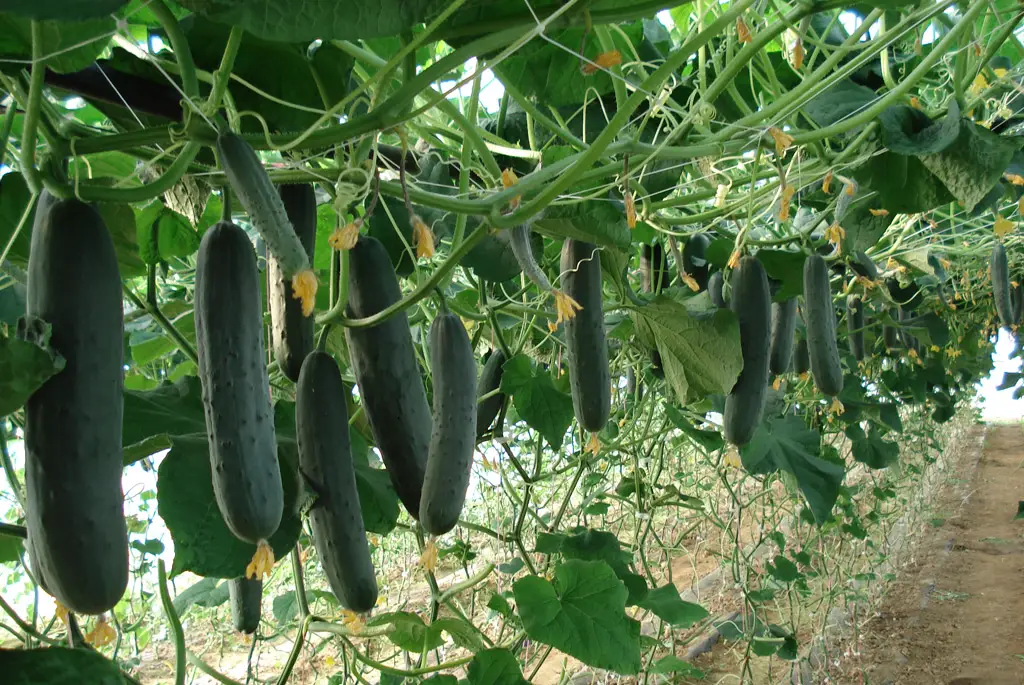Nurturing Nature’s Bounty in the Arizona Summer Heat
The scorching summers of Arizona present a unique challenge for gardeners and plant enthusiasts. With soaring temperatures and arid conditions, it might seem impossible to grow vegetables during this season. However, armed with the right knowledge and strategies, you can cultivate a thriving vegetable garden even in the desert heat. In this comprehensive guide, we will explore an array of vegetables that can flourish in Arizona’s summer climate, enabling you to enjoy a bountiful harvest straight from your own backyard.

Vegetables That Thrive in Arizona Summers
Heat-Tolerant Champions: Tomatoes, Peppers, and Eggplants
The first group of heat-loving vegetables that come to mind is the trio of tomatoes, peppers, and eggplants. These sun-worshipping plants revel in the Arizona summer and reward gardeners with a bounty of vibrant colors and flavors.
Varieties of Tomatoes
Tomatoes are one of the most beloved and versatile vegetables, known for their juicy texture and rich flavor. With a wide range of varieties available, each with its own unique characteristics, there’s a tomato for every taste and culinary preference. Here are some popular tomato varieties:
Beefsteak Tomatoes: These large, meaty tomatoes are perfect for slicing and using in sandwiches or burgers. They have a rich, sweet flavor and a juicy texture that adds a burst of freshness to any dish.
Cherry Tomatoes: Cherry tomatoes are small and round, often enjoyed as a snack or in salads. They come in various colors, including red, yellow, and even purple. Cherry tomatoes have a sweet and tangy flavor and are delightful when eaten straight off the vine.
Roma Tomatoes: Also known as plum tomatoes, Romas are elongated and have a dense, meaty texture. They are commonly used for making sauces, salsas, and canning due to their low moisture content.
Grape Tomatoes: Similar to cherry tomatoes, grape tomatoes are oblong in shape and slightly larger. They have a sweet flavor and are great for roasting or adding to pasta dishes.
Heirloom Tomatoes: Heirloom tomatoes come in a variety of shapes, sizes, and colors. They are known for their unique flavors, often described as complex and rich. Heirloom tomatoes are prized for their heritage and are grown from seeds that have been passed down through generations.
Green Tomatoes: Green tomatoes are unripe tomatoes that have a tangy, slightly sour flavor. They are commonly used in fried green tomato dishes or pickled for a unique culinary experience.
Campari Tomatoes: Campari tomatoes are medium-sized tomatoes that are often sold on the vine. They have a high sugar content, which contributes to their sweet and juicy flavor. Campari tomatoes are excellent for slicing and using in salads.
These are just a few examples of the many tomato varieties available. Each variety brings its own distinct taste, texture, and culinary possibilities to the table.
Nutritional Composition of Tomatoes (per 100g)
Here is the nutritional composition of tomatoes, highlighting their key components:
| Nutrient | Amount |
|---|---|
| Calories | 18 kcal |
| Carbohydrates | 3.9 g |
| Protein | 0.9 g |
| Fat | 0.2 g |
| Fiber | 1.2 g |
| Vitamin C | 21 mg |
| Vitamin A | 1025 IU |
| Potassium | 237 mg |
| Lycopene | 2573 µg |
Tomatoes are low in calories and fat, making them a healthy choice for various dietary preferences. They are a good source of dietary fiber, which aids in digestion and promotes satiety. Tomatoes are also rich in vitamins C and A, providing antioxidant benefits and supporting immune function. The potassium content in tomatoes contributes to heart health and helps maintain proper fluid balance in the body. Additionally, tomatoes contain lycopene, a powerful antioxidant associated with numerous health benefits.
Whether enjoyed fresh in salads, cooked in sauces, or used in a variety of dishes, tomatoes offer a delicious and nutritious addition to any meal.

In Arizona, due to the unique climate and growing conditions, certain tomato varieties are particularly well-suited for successful cultivation. Here are some tomato varieties that thrive in Arizona:
Heatwave II: This variety is specifically bred to withstand hot and arid conditions, making it an excellent choice for Arizona gardeners. Heatwave II tomatoes produce abundant clusters of medium-sized fruits that are flavorful and resistant to cracking.
Celebrity: Celebrity tomatoes are known for their disease resistance, which is particularly beneficial in Arizona’s challenging climate. They produce large, juicy tomatoes with a balanced flavor, making them a popular choice for both fresh eating and cooking.
Sun Gold: If you’re looking for a sweet and tangy treat, Sun Gold cherry tomatoes are a top choice. These vibrant orange tomatoes are incredibly productive and have a high sugar content. They are well-adapted to Arizona’s heat and provide a burst of flavor in salads and as a snack.
Super Sweet 100: Another cherry tomato variety, Super Sweet 100, is highly productive and produces clusters of small, intensely sweet tomatoes. These tomatoes are disease-resistant and can tolerate hot temperatures, making them a reliable choice for Arizona gardeners.
Patio: For those with limited space or who prefer container gardening, the Patio tomato variety is an excellent option. These compact plants produce medium-sized tomatoes and are well-suited for patio containers, hanging baskets, or small gardens.
Better Boy: Better Boy tomatoes are a popular choice for Arizona gardeners due to their heat tolerance and disease resistance. They produce large, flavorful tomatoes that are perfect for slicing and using in sandwiches, salads, or salsas.
Early Girl: As the name suggests, Early Girl tomatoes are known for their early maturity, allowing gardeners to enjoy ripe tomatoes sooner. These medium-sized tomatoes have a classic flavor and perform well in the Arizona heat.
It’s worth noting that different tomato varieties may have specific requirements, such as staking or trellising, proper spacing, and adequate water management. Additionally, it’s recommended to choose disease-resistant varieties and provide necessary shade or protection during the hottest parts of the day. By selecting the right tomato varieties and implementing appropriate gardening practices, you can enjoy a successful tomato harvest in Arizona’s unique growing conditions.



Leafy Delights: Lettuce, Spinach, and Kale
While the heat may pose a challenge for many leafy greens, certain varieties can withstand and even thrive in the desert conditions. Lettuce, spinach, and kale, with their cooling and nutritious qualities, bring a refreshing touch to your summer salads.
Certainly! Here is the nutritional composition of kale per 100 grams:
| Nutrient | Amount |
|---|---|
| Calories | 49 kcal |
| Carbohydrates | 8.8 g |
| Protein | 4.3 g |
| Fat | 0.9 g |
| Fiber | 4.1 g |
| Vitamin A | 6810 IU |
| Vitamin C | 120 mg |
| Vitamin K | 817 µg |
| Folate | 62 µg |
| Iron | 1.5 mg |
| Calcium | 254 mg |
| Potassium | 491 mg |
Kale is a nutrient-dense leafy green vegetable that offers numerous health benefits. It is low in calories and carbohydrates, making it a great addition to a balanced diet.
Kale is rich in vitamins and minerals, particularly vitamin A, vitamin C, and vitamin K. It provides a significant amount of vitamin A, contributing to eye health and supporting the immune system. The high vitamin C content acts as an antioxidant and aids in collagen production. Vitamin K is crucial for blood clotting and bone health.
Additionally, kale is a good source of dietary fiber, which supports digestive health and helps maintain satiety. It also contains essential minerals such as iron, calcium, and potassium. Iron is necessary for oxygen transport in the body, while calcium is important for bone strength and potassium for maintaining proper fluid balance and heart function.
Kale’s nutritional profile makes it a powerhouse vegetable that can be enjoyed in various dishes, such as salads, smoothies, stir-fries, or baked kale chips. Adding kale to your meals can provide a boost of essential nutrients to support overall health and well-being.
Certainly! Here is the nutritional composition of spinach per 100 grams:
| Nutrient | Amount |
|---|---|
| Calories | 23 kcal |
| Carbohydrates | 3.6 g |
| Protein | 2.9 g |
| Fat | 0.4 g |
| Fiber | 2.2 g |
| Vitamin A | 469 µg |
| Vitamin C | 28.1 mg |
| Vitamin K | 482.9 µg |
| Folate | 194 µg |
| Iron | 2.7 mg |
| Calcium | 99 mg |
| Potassium | 558 mg |
Spinach is a nutrient-rich leafy green vegetable that provides a variety of essential vitamins and minerals. It is low in calories and carbohydrates, making it a popular choice for those seeking a nutritious and low-calorie option.
Spinach is an excellent source of vitamin A, with 469 micrograms per 100 grams. Vitamin A is crucial for maintaining healthy vision, supporting the immune system, and promoting cell growth and development.
It is also a good source of vitamin C, providing 28.1 milligrams per 100 grams. Vitamin C is an antioxidant that supports immune function and aids in collagen synthesis.
Spinach is particularly known for its high vitamin K content, with 482.9 micrograms per 100 grams. Vitamin K plays a vital role in blood clotting and bone health.
The vegetable is rich in folate, providing 194 micrograms per 100 grams. Folate is important for cell division and growth, making it especially crucial during periods of rapid growth, such as pregnancy.
Spinach is a notable source of iron, containing 2.7 milligrams per 100 grams. Iron is essential for carrying oxygen throughout the body and preventing iron-deficiency anemia.
Additionally, spinach contains calcium and potassium. Calcium is important for maintaining strong bones and teeth, while potassium is crucial for regulating blood pressure and supporting proper heart function.
Incorporating spinach into your diet can be a nutritious way to enhance your meals. It can be enjoyed in salads, smoothies, sautéed dishes, or as a flavorful addition to various recipes.
The nutritional composition of a typical green salad can vary based on the specific ingredients used. However, I can provide a general overview of the nutritional value of a green salad per 100 grams, assuming a mix of common salad greens such as lettuce, spinach, and arugula:
| Nutrient | Amount |
|---|---|
| Calories | 16 kcal |
| Carbohydrates | 2.9 g |
| Protein | 1.6 g |
| Fat | 0.2 g |
| Fiber | 1.4 g |
| Vitamin A | 1444 IU |
| Vitamin C | 9.2 mg |
| Vitamin K | 102.8 µg |
| Folate | 73 µg |
| Iron | 0.7 mg |
| Calcium | 33 mg |
| Potassium | 194 mg |
Please note that the nutritional composition may vary depending on the specific mix of greens and additional salad toppings or dressings used. To get a more accurate nutritional breakdown, it’s best to refer to specific ingredient labels or use a nutritional analysis tool when preparing your green salad.
Cucumbers and Melons: Quenching Summer’s Thirst
Cucumbers and melons are not only deliciously hydrating but also well-suited to the Arizona summer. With their sprawling vines and succulent fruits, they provide a refreshing respite from the relentless heat.


Certainly! Here is the nutritional composition of cucumbers per 100 grams:
| Nutrient | Amount |
|---|---|
| Calories | 15 kcal |
| Carbohydrates | 3.6 g |
| Protein | 0.7 g |
| Fat | 0.2 g |
| Fiber | 0.5 g |
| Vitamin C | 2.8 mg |
| Vitamin K | 16.4 µg |
| Folate | 7 µg |
| Potassium | 147 mg |
Cucumbers are known for their high water content and refreshing crunch. They are low in calories and a hydrating addition to meals and snacks.
Cucumbers are a good source of vitamin C, providing 2.8 milligrams per 100 grams. Vitamin C is an antioxidant that supports the immune system and helps with collagen synthesis.
They also contain a small amount of vitamin K, which is essential for blood clotting and bone health. The folate content in cucumbers contributes to cell growth and development.
Cucumbers are a low-fiber vegetable, providing 0.5 grams of fiber per 100 grams. While the fiber content is relatively low, cucumbers can still contribute to overall fiber intake when consumed as part of a varied diet.
In terms of minerals, cucumbers contain potassium, an electrolyte that helps regulate fluid balance and supports proper muscle and nerve function.
Cucumbers are a versatile vegetable that can be enjoyed in various ways, including salads, sandwiches, and as a refreshing addition to infused water. They provide a light and hydrating option while adding a subtle crunch and mild flavor to dishes.
Certainly! Here is the nutritional composition of melons, specifically cantaloupe and watermelon, per 100 grams:
Cantaloupe:
| Nutrient | Amount |
|---|---|
| Calories | 34 kcal |
| Carbohydrates | 8.2 g |
| Protein | 0.8 g |
| Fat | 0.2 g |
| Fiber | 0.9 g |
| Vitamin A | 3382 IU |
| Vitamin C | 36.7 mg |
| Vitamin K | 2.5 µg |
| Folate | 21 µg |
| Potassium | 267 mg |
Melons, such as cantaloupe and watermelon, are refreshing and hydrating fruits with a naturally sweet taste. They are low in calories and contain various essential nutrients.
Cantaloupe is rich in vitamin A, providing 3382 International Units (IU) per 100 grams. Vitamin A is important for vision, immune function, and cell growth. It also offers a significant amount of vitamin C, which acts as an antioxidant and supports the immune system.
Sowing the Seeds of Success: Planting Tips for Arizona Summers
Timing is Everything: Starting Early
To give your vegetables the best chance of survival, it’s crucial to start early in the Arizona summer. By sowing seeds or transplanting seedlings at the optimal time, you provide your plants with a head start to establish themselves before the intense heat sets in.
Protecting from the Elements: Shade and Mulch
Shielding your plants from the scorching sun is paramount in the desert heat. Implementing shading techniques and mulching around the base of your plants can significantly reduce water loss and keep the soil cool.
Efficient Watering: Drip Irrigation and Deep Watering
Water is a precious resource in Arizona, and efficient irrigation practices are essential for successful gardening. Drip irrigation systems and deep watering methods ensure that your plants receive adequate moisture while minimizing water wastage.
Battling the Elements: Overcoming Challenges in Arizona Summers
Pest Control: Defending Your Garden
Arizona’s hot climate provides an ideal breeding ground for various pests that can wreak havoc on your vegetable garden. Implementing integrated pest management techniques and using organic remedies can help safeguard your plants from destructive critters.
Beating the Heat: Protecting Against Sunburn
Just like humans, plants can suffer from sunburn. Applying protective measures such as shade cloth, row covers, or creating microclimates can shield your plants from the scorching rays of the sun.
Managing Soil Health: Amendments and Fertilizers
The desert soil in Arizona can be challenging to work with, but with the right amendments and fertilizers, you can create a fertile environment for your vegetables to thrive. Incorporating organic matter and using appropriate soil additives will enhance the soil’s structure and nutrient content.
Harvesting the Fruits of Your Labor: Enjoying a Flavorsome Summer Harvest
After dedicating time and effort to nurturing your garden, it’s time to reap the rewards. Harvesting your vegetables at the peak of ripeness ensures maximum flavor and nutritional value. Explore different cooking techniques and recipes to savor the taste of your homegrown produce.
Conclusion: Cultivating Abundance in the Desert
Despite the challenges posed by the Arizona summer, growing vegetables is not only possible but also rewarding. By selecting heat-tolerant varieties, implementing smart gardening practices, and overcoming obstacles, you can create a flourishing oasis in the desert. Embrace the beauty of Arizona’s unique climate and relish the joy of harvesting fresh, flavorful vegetables from your own backyard.
